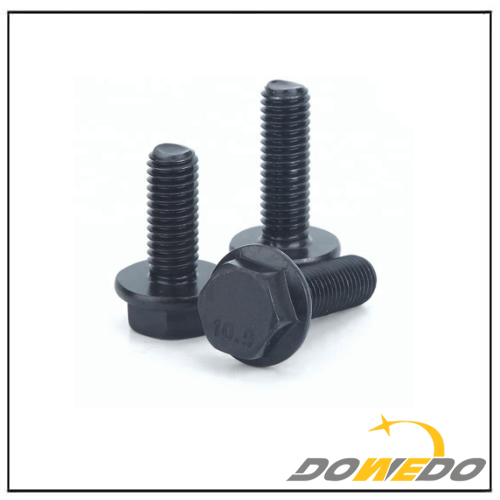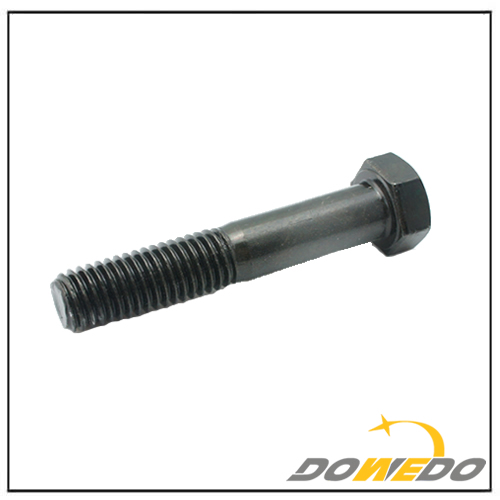Fastener Technology: Hot rolled- spheroidizing annealing- mechanical descaling- Pickling- cold drawing- cold forging- thread processing- heat treatment- Inspection.
In the fabrication of fasteners, it is important to select the correct fastener materials, because the performance of fasteners is closely related to their materials. If the material selection is improper or incorrect, it may cause the performance can not meet the requirements, shorten the service life, even cause accidents or processing difficulties, high manufacturing costs, so the selection of fastener materials is very important. Cold heading steel is a kind of fastener steel with high interchangeability produced by cold heading forming process. Because it is formed by metal plastic processing at room temperature, the deformation of each part is large and the deformation speed is high, so the performance requirements of cold heading steel raw materials are very strict. On the basis of long-term production practice and user’s use investigation, combined with the characteristics of GB/T6478-2001 Technical Conditions for Cold Heading and Cold Extrusion Steel GB/T699-1999 Quality Carbon Structural Steel and JISG3507-1991 Carbon Steel Rod for Cold Heading Steel, the material requirements of 8.8 and 9.8 grade bolts and bolts are taken as examples to determine various chemical elements. If C content is too high, the cold forming performance will be reduced; if C content is too low, the mechanical properties of the parts can not be satisfied, so it is 0.25%-0.55%. Mn can improve the permeability of steel, but excessive addition of Mn will strengthen the matrix structure and affect the cold forming performance. It tends to promote the austenite grain growth when the parts are tempered, so on the international basis, it is appropriately increased to 0.45%-0.80%. Silicon can strengthen ferrite and reduce cold forming property. The elongation of material is determined to be less than or equal to 0.30%. S.P. is an impurity element, its existence will produce segregation along grain boundary, resulting in grain boundary embrittlement and damage the mechanical properties of steel. It should be reduced as far as possible. It is determined that P is less than or equal to 0.030%, S is less than or equal to 0.035%. B. The maximum boron content is 0.005%. Although boron can significantly improve the permeability of steel, it will also lead to the increase of brittleness of steel. Excessive boron content is disadvantageous to bolts, bolts and studs which need good comprehensive mechanical properties.

ASTM A325 Hex Flange Bolt
High Strength Hex Head Bolts, Fastener Technology ASTM A325 Hex Flange Bolt Material:Carbon Steel Certificate: ISO9001:2008,SGS,RoHS Grade: 4.8/8.8/10.9/12.9 Finish:Black Oxide/Zinc Plated/HDG/Dacromet/Nickel Plated Thread: Coarse, Fine Used: Building Industry Machinery Certification: ISO, ROHS, SGS Available Standard: DIN, ANSI, ASTM, JIS, BSW Strength: Grade 4.8, Grade 8.8, Grade10.9, Grade12.9 A2-70, A4-70, A4-80 Finishing: […]

A325 Heavy Hex Bolts
High Strength Hex Head Bolt Nut, Titanium Plating Bolt Nut, High Strength Hex Head Bolt,Heavy Hex Bolt, Black Oxide Carbon Steel Hex Bolts A325 Heavy Hex Bolts Specifications as per ANSI B18.2.1 Detailed dimensions as below table 3 Size: 3/8×2.1/2 inch Grade ASTM A307 (type A) Material: Carbon Steel Surface: Black Oxide More Options of […]